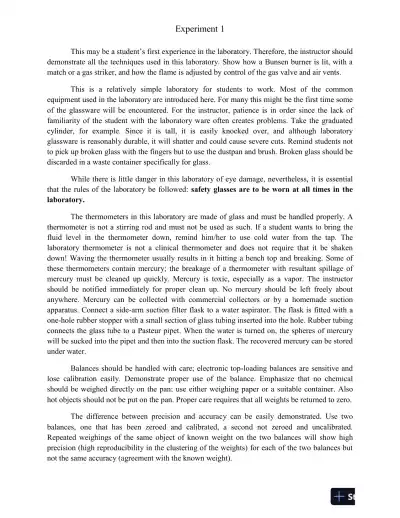Page 1

Loading page ...
Solution Manual For Laboratory Experiments for Introduction to General, Organic and Biochemistry, 8th Edition is here to help you with textbook problems, offering clear solutions and helpful explanations.

Loading page ...
This document has 247 pages. Sign in to access the full document!